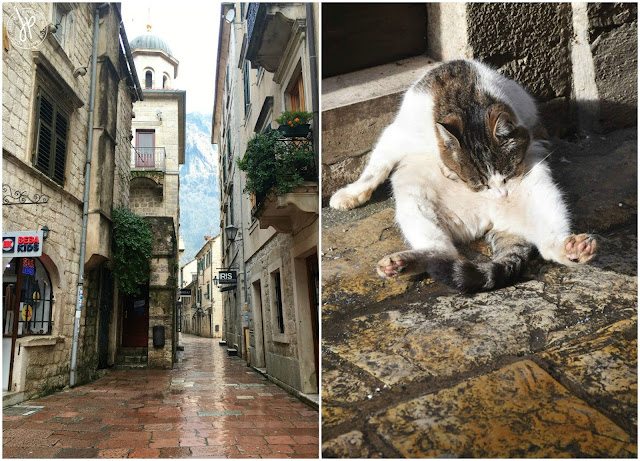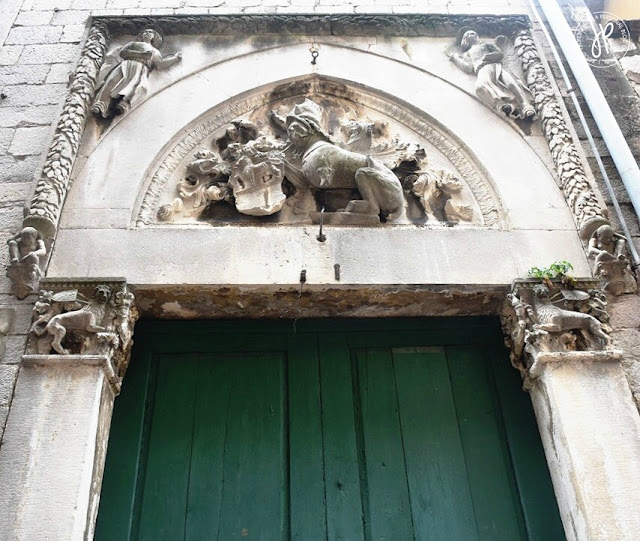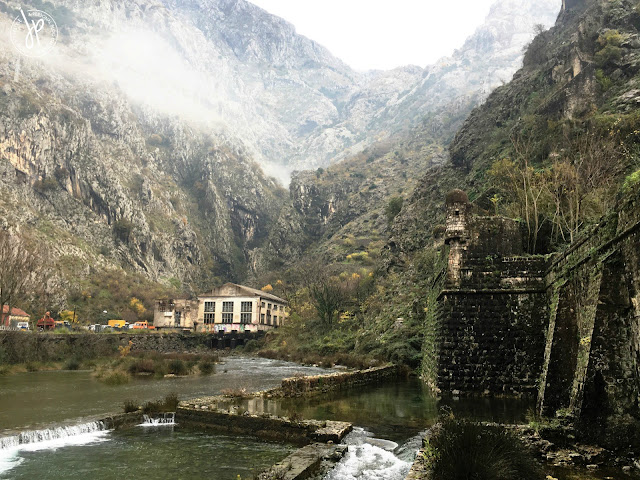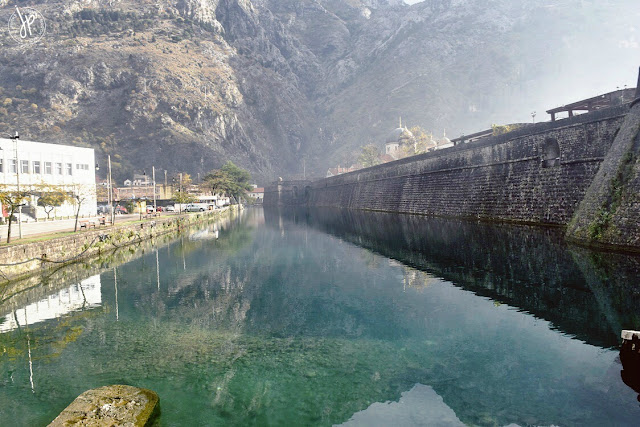A Day in Montenegro Part 1: Kotor and San Giovanni Trail
Friday, October 13, 2017A small country in Southeastern Europe, Montenegro is an Adriatic gem that travelers both within and outside Europe begin to explore. Majestic mountains, medieval towns, Mediterranean views, untouched coastline, rich history, multiple cultural influences, and UNESCO approved sites – there’s nothing short of amazing in this country also known as the “Black Mountain”.

Contrary to its monicker, this Balkan country is a colorful and picturesque country despite coming here on a gloomy, post-fall weather. Believe it or not Montenegro is a top destination of party-goers and beach lovers during peak season in summer, but still remains charming for people who seek to be in tune with nature. For many Montenegro is still a virtually unknown territory, but it is a rare jewel tucked between the sea and the rocks.
 |
| Foggy bay of Kotor. On a clear day, the islands St. George Monastery and Our Lady of the Rocks can be seen from this vantage point. |
After crossing immigration borders, our first stop was on a viewing deck overlooking the Bay of Kotor. This is what drew me to book a trip to Montenegro, but I was disappointed because it was cold and cloudy early in the morning. Fog covered the bay and there wasn’t enough sunlight to capture the scene.



We were first led to the main square where the seat of governance was located, as well as the clock tower which was a monument known for beating defiant citizens centuries ago (sounds horrific, but it’s true). A few steps from the clock tower is the famous Beskuca Palace, which was home to the powerful Beskuca family towars the end of the 13th century. The only decorative piece in the palace was the Gothic portal above the doors. Another interesting site was the Karampana Fountain, which was the only source of fresh water in Kotor a long time ago. In addition, the said fountain was also the folks’ source of news, information, and gossip.
 |
| Gothic portal of Beskuca Palace |
Aside from the main square, the clock tower, and the fountain, another interesting well-preserved and restored site is the Cathedral of Saint Tryphon, a Roman Catholic church built in 1166. Orthodox churches were also prevalent in the town.

Now the most unexpected, yet most thrilling trip to Montenegro was climbing the city walls and hiking the trail up to St. John Castle (Castel San Giovanni). From below the old town of Kotor, the hike was intimidating because we were not prepared for such kind of physical activity at all. Our tour guide said the entire climb up to the castle takes an hour, but we can make our first stop at the Church of Our Lady of Remedy (also known as Our Lady of Health) which “only takes 15 minutes,” he said.

BUT NO. It took us 30 minutes, barely breathing to reach Our Lady of Health (Lol)! However, you should not be discouraged if you plan to go here, for an incredible view awaits those who are determined to climb the city walls. For nature lovers and (budding) photographers, this hike shouldn’t be missed.




Today hiking up the wall is open to the public, but you have to pay €3 (peak season is from March to September). Lucky for us, we visited during off-peak so we entered the trail for free and there were very few people who hiked up the mountain. To be honest, going up the trail isn’t a walk in the park (literally). A few steps uphill made me exhausted, but the view starting from the red roofs encouraged me to keep going. The steps were made of rough and uneven cobblestones, sometimes shifting beneath our feet, so we had to be very careful on the way up.



Upon reaching Our Lady of Remedy, we were embraced by a stunning view of the old town and the bay of Kotor. The church can only be reached by foot, so it’s also a popular site for pilgrimage. Outside the church are tables and chairs where people rest, but I found myself sprawled on the steps of the church.




Finding that we only had 30 minutes left before meeting our tour guide once again, we sadly turned around and descended the path. If we had enough time (and drinking water), we’d definitely push through until we reach Castle of St. John. The scenery would’ve been more astounding!





On the way out, we took some photos and rested for a while at the benches near the clean and refreshing Skurda River. This river surrounds the walls of the old town towards the Kampana Tower.
After Kotor, our tour guide drove us to the view of Sveti Stefan and Budva, the playground of the rich and famous. I’ll write about them very soon!





0 comments